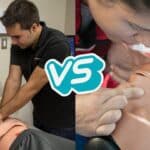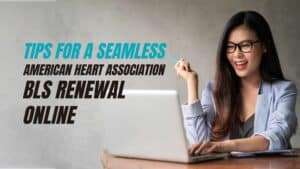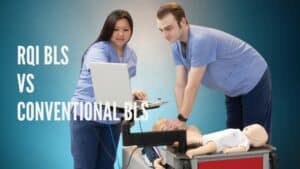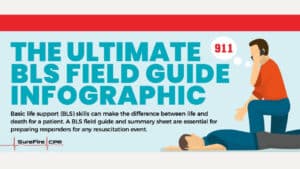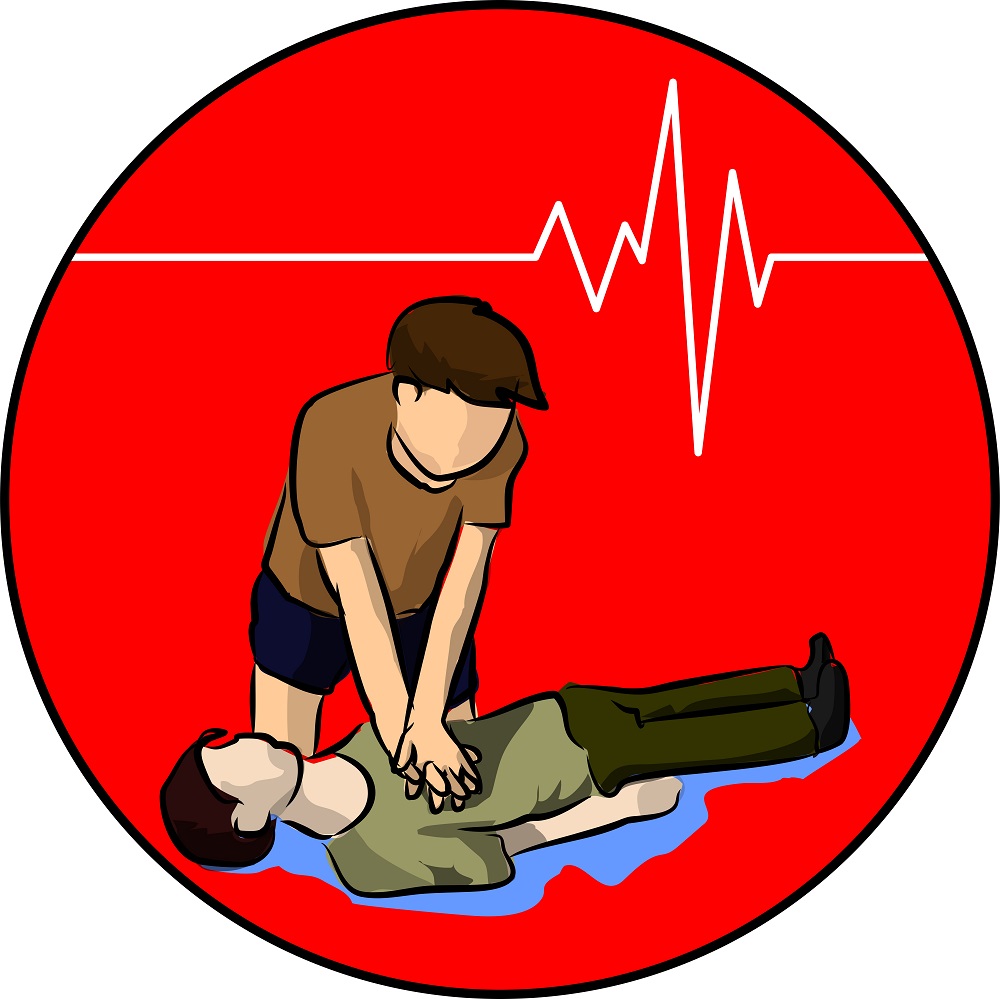
When someone is suffering from a respiratory arrest, cardiac arrest, or is choking, their life is dependent upon the critical thinking skills and swiftness of the emergency personnel. As soon as someone experiences one of these medical emergencies, you need to immediately begin performing Basic Life Support (BLS). Read below for the most important skills taught in a BLS class and which you should continue to review and practice to provide the best possible care you can.
-
How To Assess An Emergency And React Quickly.
In a medical emergency, it is imperative for first responders to think and respond very quickly. During a BLS class, you will be taught how to respond to a situation when you first arrive to the scene, how to quickly determine the emergency, and how to quickly form an assessment of what needs to be done. No matter if someone is choking, unconscious from an obstructed airway, or suffering cardiac arrest, the quality and timing of your reaction may decide the outcome of the situation.
-
How To Perform CPR On An Adult, Child And Infant.
CPR can save the life of a person experiencing a number of medical emergencies, including cardiac arrest, choking, drowning, and others. In your BLS class your will learn the compression to breaths ratios for Adults, Children, and Infants whether you have one or two rescuers. When giving compressions to your victim, you will perform compressions at the rate of 100 beats per minute.
-
How To Use An AED Defibrillator.
An Automated External Defibrillator or AED is used on an unresponsive person as soon as you can get access to it. AEDs will walk you through the steps of how to use it. All you need to remember is to turn it on!
-
How To Help A Choking Adult, Child And Infant.
Choking can happen to anyone, anywhere. Whether an adult taking too big a bite of steak, or an infant accidentally getting ahold of a small toy. As one of the main culprits of child deaths in the United States and one of the most common home accidents, the ability to help a choking person is incredibly valuable. Remember the steps taught in your BLS class that explained how to help a conscious and unconscious choking person.
As a servant to the health, safety and livelihood of your community, there are certain skills you need to know to successfully fulfill your duties. Keep this list of important BLS training points readily available in case you need to re-fresh your teachings and wish to provide the best possible assistance to your fellow citizens.
Sources:
https://www.aphed.com/aha-courses/course/?course=BLS
http://www.berkeleycprclasses.com/berkeley-cpr-faq/bls-study-guide/
http://www.redcross.org/images/MEDIA_CustomProductCatalog/m48040087_BLS_Handbook_(Final).pdf




